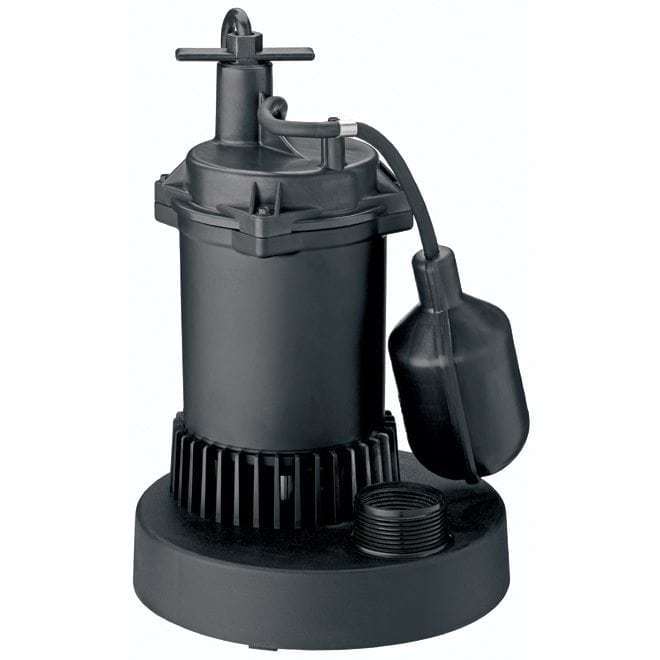What is meant by a sump system?
A sump system comprises of four major parts – a pump, a sump tank, an outlet drain and a groundwater collection system. Let us now look into how it works.
The groundwater gets collected by the drain tile and drain rock buried along with the foundation (and in certain cases underneath the floor). It is the drain tile which carries the water right up to the sump tank (or in some large houses, two sump tanks) which is normally buried in the basement floor of the house.
The sump tank is also commonly referred to as basin, sump pit or crock
It may be created with polyethylene, fibreglass, concrete, steel, tile or clay. Although the sump tanks vary in their sizes, the standard ones are normally 2 to 3 feet deep and around 18 inches in diameter. The normal location of a sump tank is mostly at the lowest point in the basement of a house. Most of the sump tanks feature holes on both sides for the incoming drain tile and all of them normally have a very sturdy cover. The pump normally gets activated by a float or some other type of switching device whenever the groundwater fills up the sump tank to a particular level. Though it is quite uncommon, some types of pumps are manually controlled. There are various pump manufacturers who sell fiberglass or polypropylene tanks which are custom fitted to their respective pumps.
The normally available standard sump pumps are electrically powered through the household current.
There are two different and main types of sump pumps available – pedestal and submersible.
A submersible sump pump gets completely concealed inside the sump tank. Whereas the pedestal type of sump pump features a column that protrudes upwards through the cover of the tank, with the motor mounted onto the column, slightly above the floor level.
Both submersible and pedestal type of sump pumps draw water through a filter trap which should be cleaned on a regular basis. The motor gets turned off automatically as soon as the automatic pump empties the water inside the tank up to a certain level.
In case it is directly connected to a sewer line, the discharge pipe might have a check valve apart from an anti-siphon device, in order to prevent any backflow. Alternatively, the discharge pipe may also be simply connected to a hose which carries the water at a safe distance from the house. Plumbing codes in most of the areas determine the exact place where the water must be discharged.
Clearview Plumbing and Heating is a Calgary Plumbing and Heating company based in Calgary, Alberta, Canada which is available round the clock to carry out any type of Calgary Plumbing or Heating job.
You can reach us any time at 587-912-1920.






